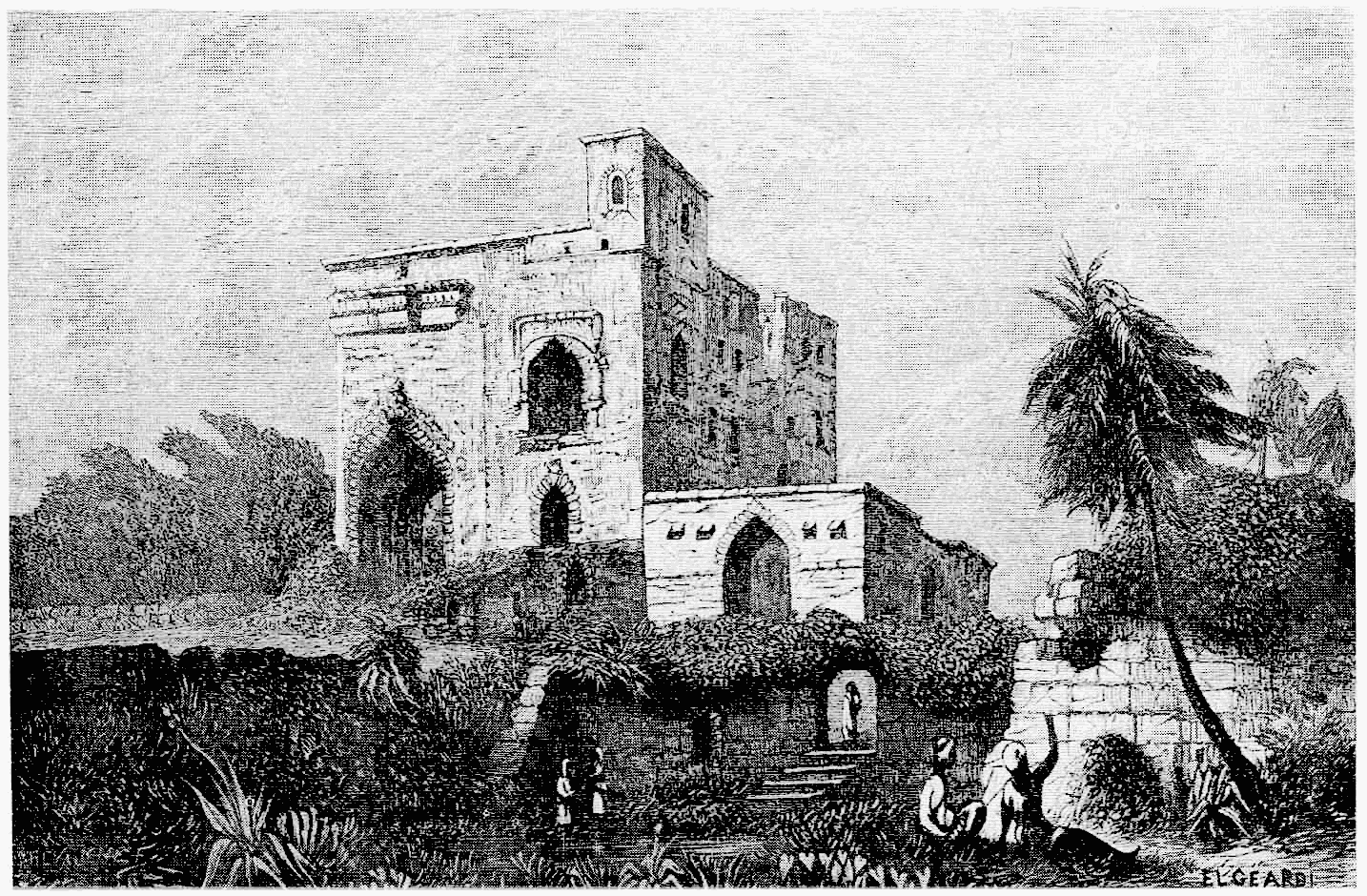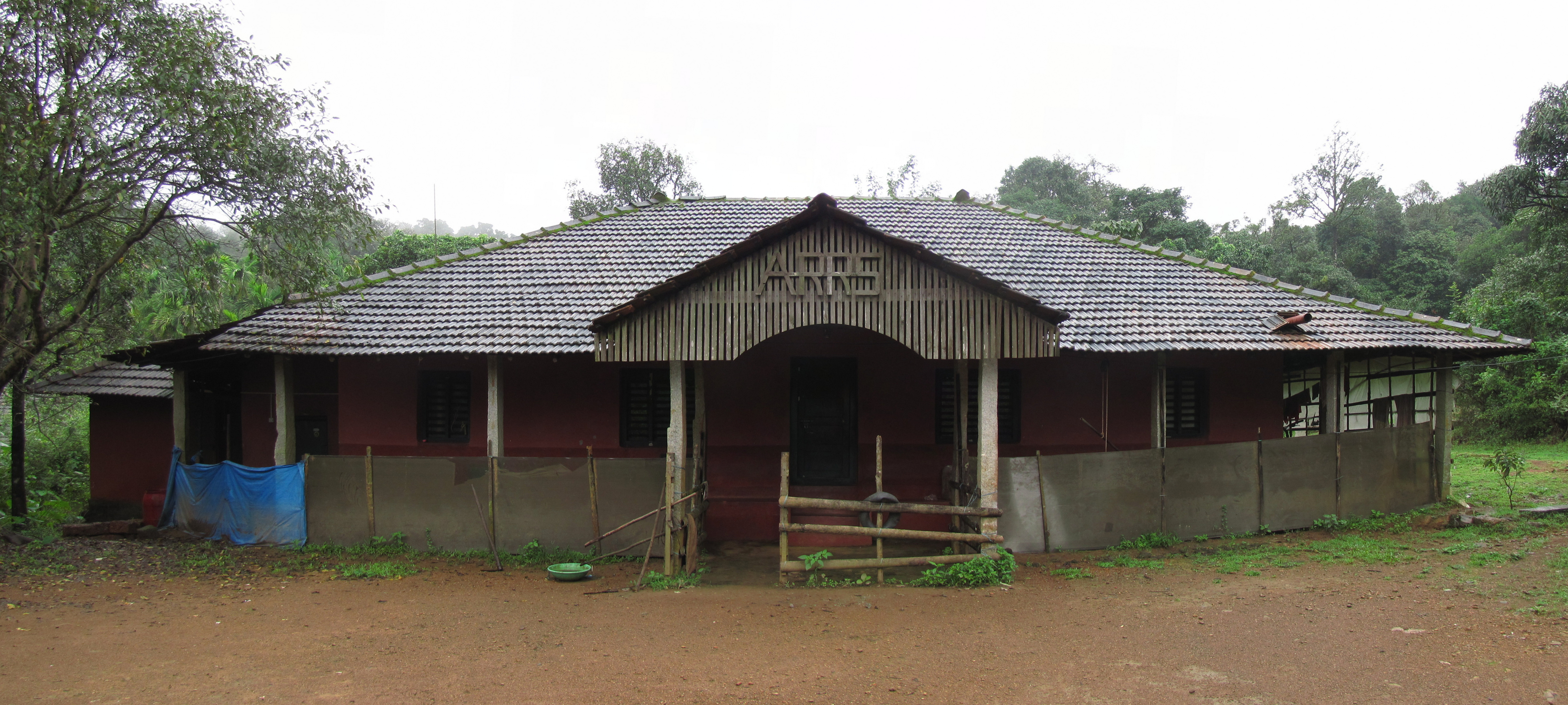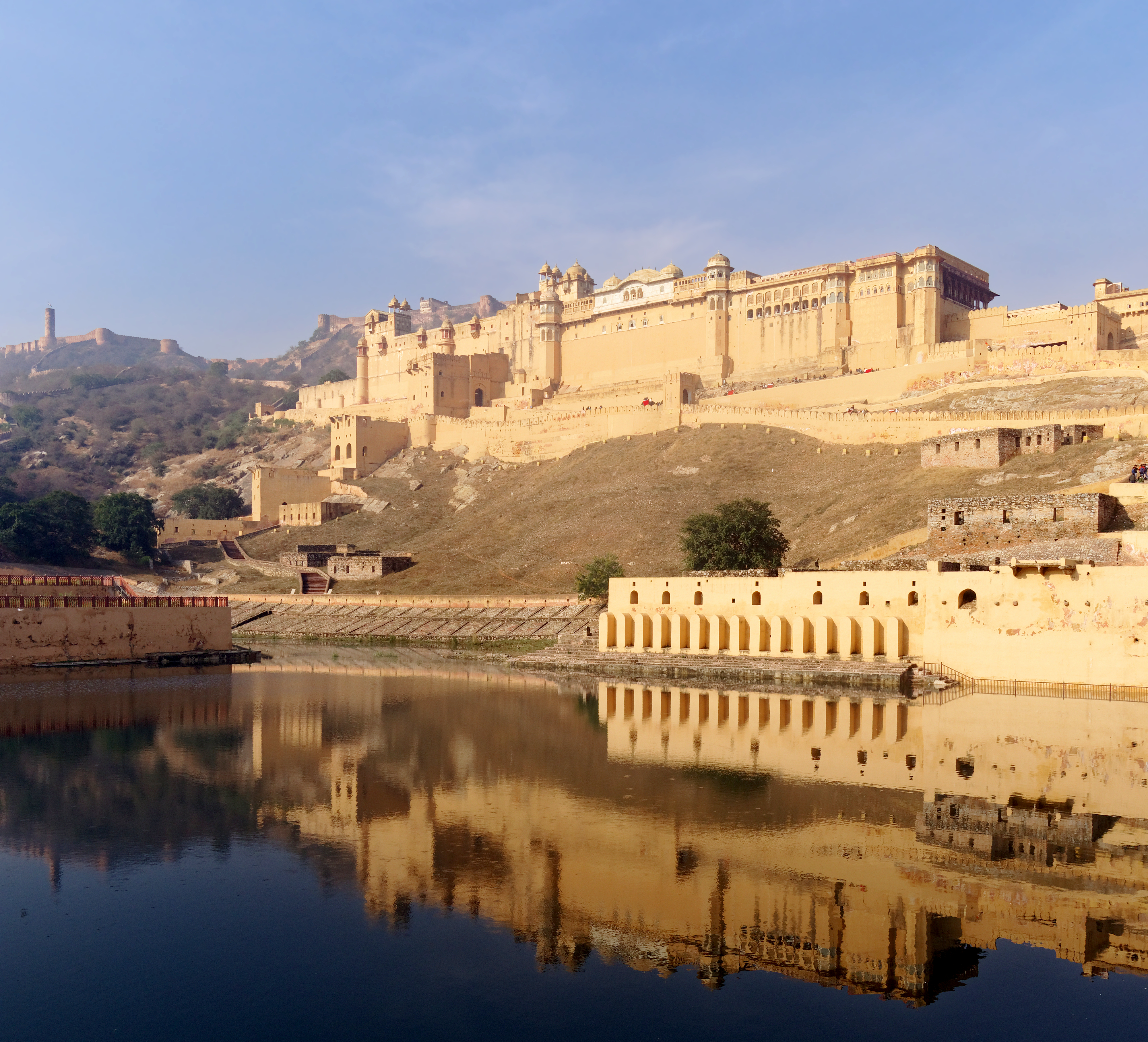The Syncretic History of Kochi: A Blend of Cultures

As I landed in Kochi, my sensors picked up a pleasant blend of smells - spices, sea breeze, and flowers. The place is a historical trading hub of people and cultures. The influence of Jews, Arabs, Portuguese, and Dutch is visible in its architecture, food, and customs. I visited the Paradesi Synagogue - the oldest synagogue in the Commonwealth of Nations. Its unique history and architecture fascinated me. It was built in 1567 when Jews migrated from Spain and Portugal to escape the Inquisition. Their culture blended with the Indian culture over time. The synagogue boasts of Belgian chandeliers, Chinese tiles, and Dutch portraits. I also visited the iconic Chinese Fishing Nets - an engineering marvel brought by Chinese traders. These nets use a counterweight mechanism and are non-motorized. They are now a tourist attraction and a favored spot for local fishermen. In Kochi, I contrasted my experience with my visit to Varanasi - another historical place but with a different flavor of culture and beliefs. As I walked through the streets, I observed how people of different faiths coexist peacefully here. The Muslims observe Ramzan and offer Namaz; Christians visit churches, and Hindus celebrate their festivals. I also sampled the local delicacies - fish curry, achappam, and pazham pori (banana fritters). Overall, my visit to Kochi was enlightening and enriching.



